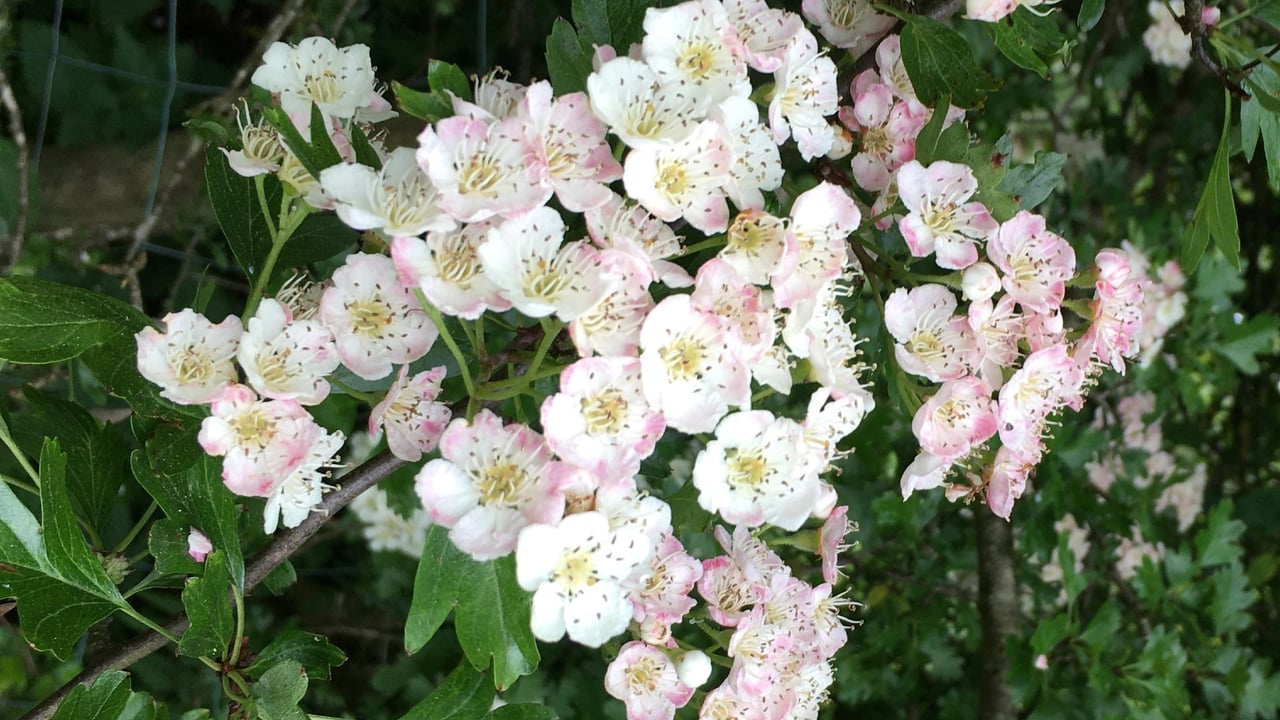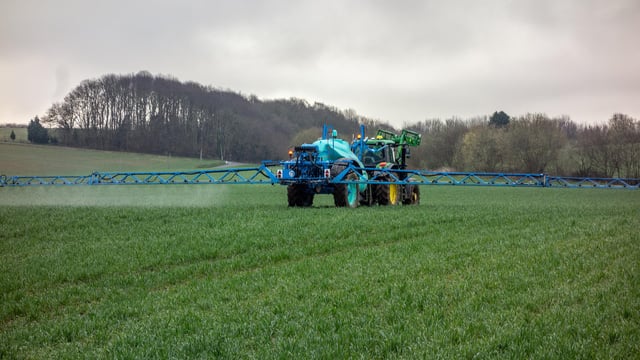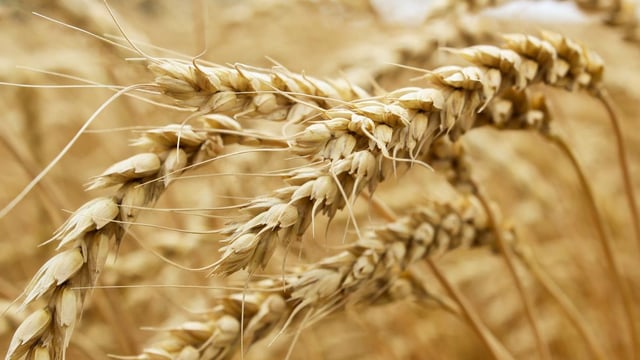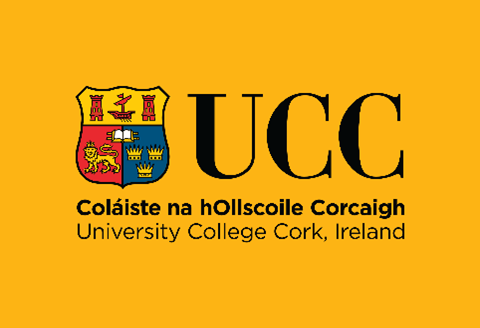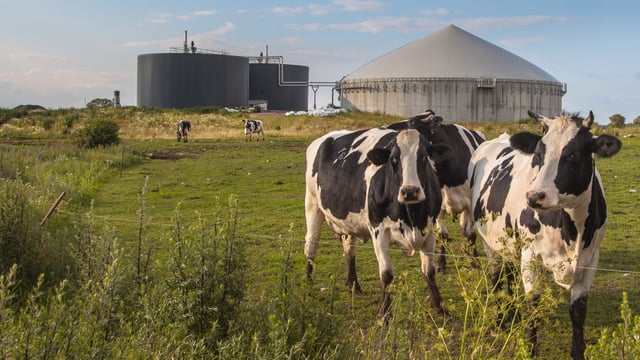CAFRE: Hedgerow managing tips that 'benefit' the environment
Farmers can make small changes to hedgerow management to benefit the environment, according to an adviser with the College of Agriculture, Food and Rural Enterprise (CAFRE) in Northern Ireland.
Phelim Connolly said that by allowing field hedges to develop and grow, it provides more sources of food for pollinators and farmland birds.
He added that hedges cut annually will not develop a hawthorn blossom, however if people cut one in three years, these hedgerows "will develop more fruit and support more biodiversity".
To benefit the environment, Connolly recommended that farmers wait until later in the winter to cut hedgerows, giving farmland birds the opportunity to feed off the berries in the wintertime.
He said farmers could also choose to cut hedges in rotation, for example cutting one third of the hedges on a farm at any time, meaning that when hedges are cut there is still a food source available for bees and farmland birds.
Connolly said "it is clear to see" the positive impacts good farm management practices can have on the environment.
He paid tribute to Northern Ireland’s farmers who manage thousands of kilometres of hedgerows and said that this year in particular "there has been a spectacular abundance of hawthorn and blackthorn blossoms".
Under the Department of Agriculture, Environment and Rural Affairs (DAERA), hedgerow management rules detail that:
- Hedge, tree or scrub cutting is not permitted during the nesting season between March 1 and August 31;
- If you own or occupy land next to a public road or footway, you are responsible for maintaining hedges and trees to ensure that they do not obstruct the movement of vehicles and pedestrians or block the view of drivers;
- If management is necessary farmers can still consider allowing single hawthorn trees to establish every 20m within the hedgerow;
- The ‘field’ side of the hedge should not be cut and you should ensure you have clear evidence for the health and safety need for management.
"Now is a good time to take stock of when cutting should take place, which hedges are likely to produce an abundance of fruit, or think about which hedges may be allowed to grow further to provide important sources.
"There is so much within the farmgate already that farmers can do to improve the environment around us," Connolly said.

